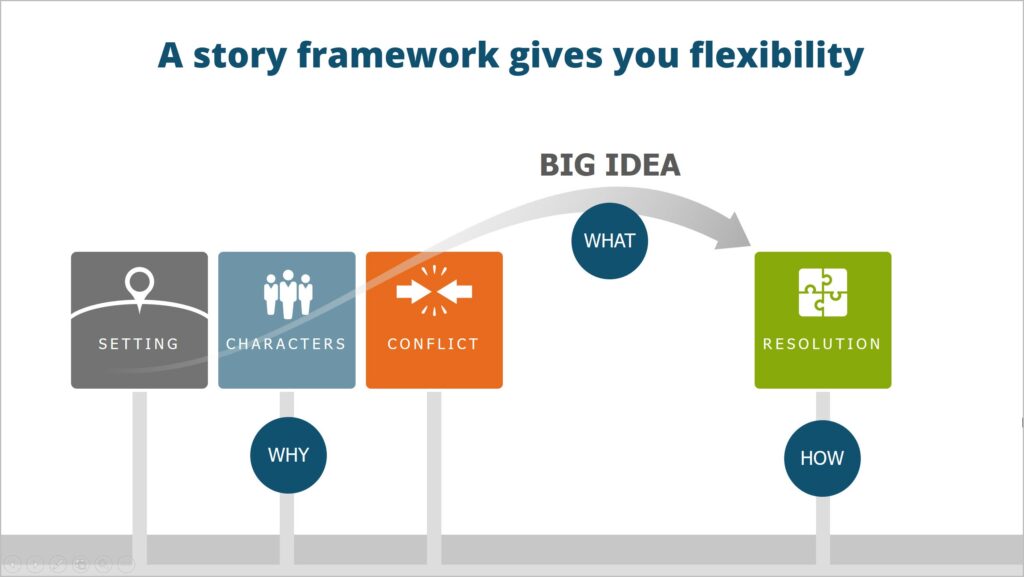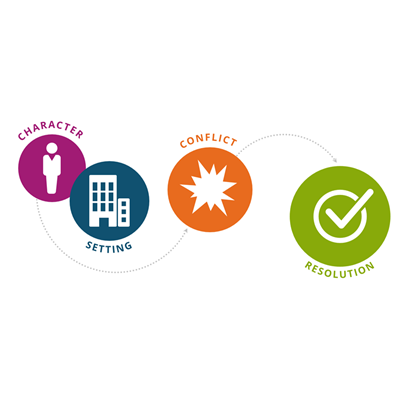Selling products and services is no longer about showing up with your slides and simply responding to client’s needs. Today, we know that top sales people approach their customers by providing them value through insights about their industry, competitors, even their own company. Sharing insights with a buyer about their own industry is hugely effective because people want to buy from knowledgeable people they trust.
Good companies find value in salespeople who provide solutions. Great companies find value in salespeople who thoroughly understand the company’s problems, then propose new opportunities. Sales pros who can identify their customer’s needs—before their customer does—are better able to channel those needs into sales. And while you don’t learn insight selling overnight, with the right training and tools you can swoop in, disrupt a buyer’s current mode of thinking, and ultimately turn them towards your product or solution.
Great, but how…?
Unfortunately, many salespeople fail to cultivate their ideas into meaningful insights. They struggle to present their knowledge, so they fill their presentations with data and ramble off a list of features and benefits of their product, leaving the prospect feeling overwhelmed and defensive. So how do you infuse storytelling into sales presentations and turn insight into action?
There is a way, and it incorporates one of the most ancient forms of communication: storytelling.
Theory turns concrete… using a story framework
Storytelling can be applied to more than just sales pitches – use a story framework when giving product updates, quarterly reviews, or even when responding to RFPs.
When preparing an upcoming presentation, a framework provides a guide to choreograph your insights into a logical story arc. And like most stories, it lays out character, setting, conflict, and resolution.

For example, if you set the stage with characters and a setting that your audience can relate to, it gives them reason to listen, and proves that you know their world. You can then begin to introduce your insights, creating a “conflict” that they may not have known they had, and backing up your insight with data they can’t argue with. This is where your audience starts to lean in: they feel compelled to find out how the story ends because your insight could change the way they do business. And now that the audience is deeply immersed in your story, they’re more likely to be moved by your recommendations.
The framework should be a plug-and-play tool: easy to use and always accessible. Using insight to build a story framework will also encourage cross-functional team collaboration – leading to marketing and sales teams sharing ideas and presenting only the best solutions.
The Presentation Company’s best-selling workshop, Crafting Strategic Visual Stories, is the first of its kind to introduce the Visual Story Planner™, a storytelling framework that brings insight selling to life in a visual format. TPC will teach you how develop your ideas and organize your thoughts through a simple yet logical and attention-grabbing structure, and turn your raw data into audience-centric stories. Click here for more information.
